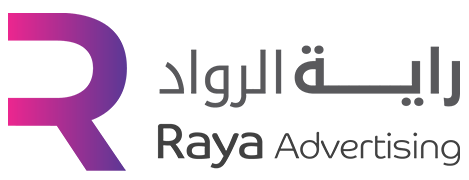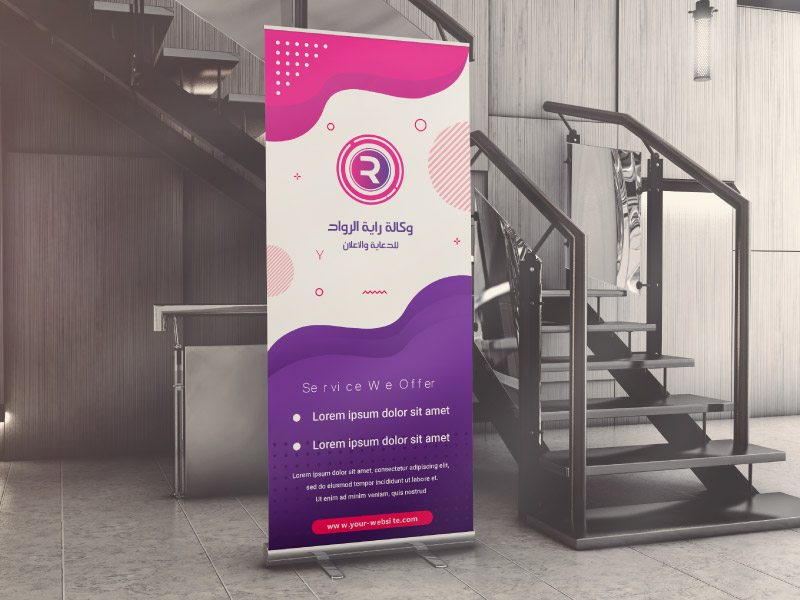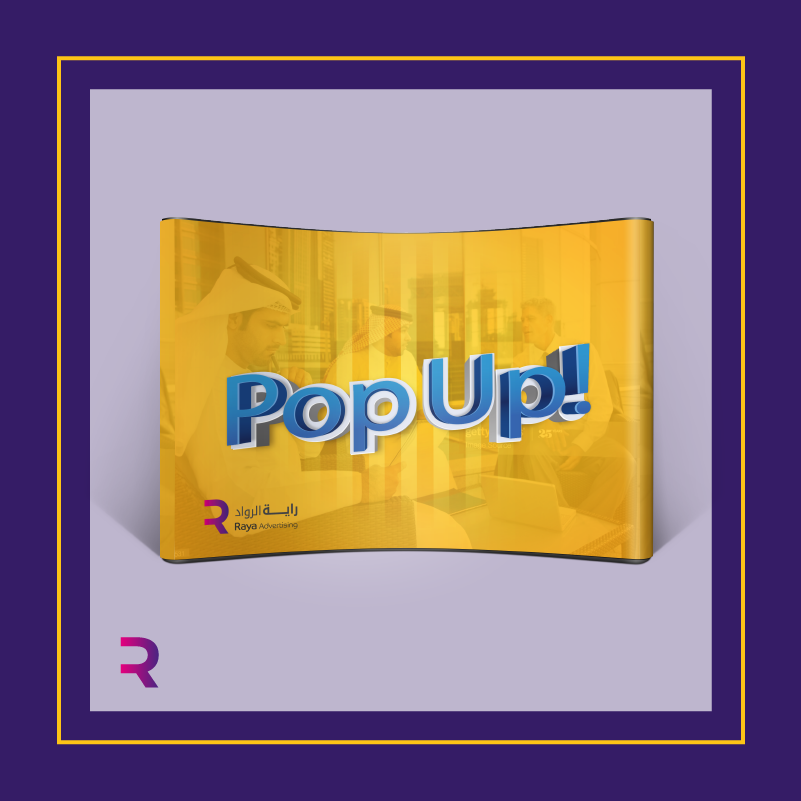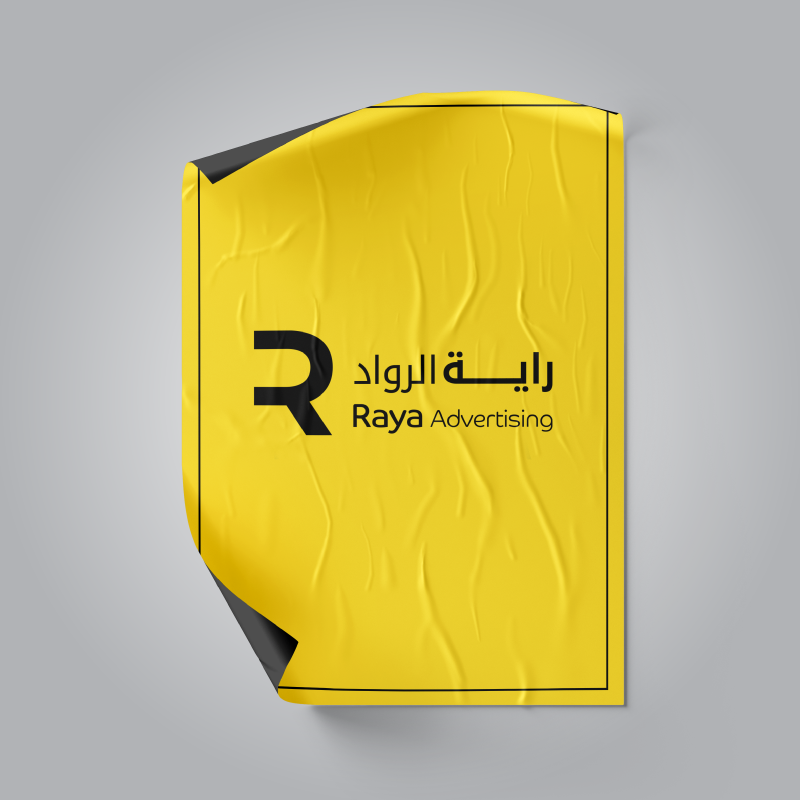
With the overwhelming number of advertising platforms, ads and companies advertising their products or services, advertising has become a competitive sport in this crowd, so it can be difficult for you as a novice entrepreneur to break through the chaos and capture the attention of your potential customers. This is why you need well-designed ads; The only way to grab your audience’s attention is by showing that you are the company they want to work with.
But the amazing ads don’t fall out of thin air. They take a lot of strategies and careful planning. What is the first step to this process? Let’s dive into billboards by concept, and types first.
What is a billboard?
A mood board is a set of visual elements (such as images, typography, and colors) that drive the design process for a single ad – or if you’re pitching a series of ads across multiple platforms, then a billboard can push the design for a more comprehensive ad campaign.
Billboards can be used for any type of advertisement or campaign, from social media to banner ads, and from magazine ads to billboards. If you have an idea for an ad, campaign, or platform, you can use a billboard to inspire ideas and drive the design process.
When it comes to creating an advertising mood board, you have two options.
You can go the old road and create a physical board, where you cut and physically paste the photos onto a poster board (like an old school collage).
You can pull a digital mood board together using tools like Pinterest (where you can search for and inspire images) and Canva (where you can capture these images and inspiration and group them into a digital mood board to drive your ad design).
The goal of a billboard?
The purpose of a billboard? When presenting the dashboard to the public, whether it is your team, focus group, external customer or otherwise, this type of marketing entitles them to an accurate and exact understanding of the type of service you provide or the product, including the look, feel, vitality and direction in which you are going On it with your ad or ad campaign.
Types of billboards:
The types of billboards can be determined according to several criteria, but in this article we will address two classifications;
By design:
Traditional scoreboards:
A simple 2D sheet and some paint is what makes the traditional sign board. This is the signage board from which all future signage painting ideas have evolved and is still widely used for business advertisements. You can take advantage of the traditional type of billboard to attract the attention of a large audience and can be easily installed anywhere, even in limited spaces.
LED scoreboards:
These panels use LED lights to deliver the message, hence the name. This type of billboard is eye-catching and works especially well at night. LED scoreboards can be used to display high-resolution images as well as text to create an eye-catching billboard. If you want to use a sign board that works for your business, then the LED Signboard is definitely one of the sign board ideas you should consider.
3D Sign Boards:
This is one of the most attractive types of sign boards. The 3D effect provides pop in the signboard and looks really amazing. Huge sample products that your business deals with are a great way to capture the attention of your potential customers and effectively market your products.
Neon signboards:
This type of sign board uses neon lights that provide a vintage feel to sign board. It is also very energy consuming and not very energy efficient. Unless old appearance factor is very important for your business ads, you should refrain from this type of signage boards and opt for LED sign boards instead.
Boxed scoreboards:
These types of sign boards are a combination of the traditional sign board and the lighting effect of the LED sign panels. It contains lights below a layer of the signboard that illuminate the panel. They provide excellent visibility, both during the day and at night.
Stickers:
These types of signage panels are just one-sided adhesive signs so that they can be hung on various surfaces such as huge compound sides, on walls, escalators etc. They are very effective media for business ads because they use unconventional spaces that other types of billboards have left untapped.
By location:
Public Transportation Labels:
Buses, taxis or rickshaws are great options for places to tag your business with personal ads. Show your spokesperson, product, or message to the world for the world to see, and place them in places that showcase directly to potential customers. Placing your brand on public transport vehicles or on existing sites with heavy traffic means that large groups of people, in transit, will be exposed to who you are.
On-site banners:
Another idea for you to take advantage of your full marketing potential is to make sure you have enough banners on your business site itself. Taking advantage of the variety in your signage is useful for fully communicating with your brand with enthusiasm. Consider including traditional banners, teardrop ad flags, and even inflatable banners, especially to promote special sales or major opening events in your area. You can get banners in a range of sizes, shapes and colors, depending on the tone you want to set with them and the experience you want to create for your clients.
Traditional panels:
The right advertisement, with the right positioning, can still provide a sure sign for potential customers. Keep in mind that there is a commuter who takes the same highway to work every day. With a billboard announcing your business in this daily way, your business and your brand are printed in the mind of this traveler – so that whenever they need to search for the goods or services you offer, your business will always be on the tip of their tongue. There is something to be said for repetition in the marketing game. If nothing else, they’ll make sure to know your name.
What is the importance of billboards?
Well, now that we’ve covered the bulletin board, let’s talk about why it’s such an important tool.
Billboards are important because they can:
Saves time and energy:
Ads take a long time to design and develop. Creating a billboard allows you to put together a look, feel, and idea of the ad and share it with your client or team before you go through the long design process. This way, you can ensure that you are on the right track, and not waste much time and energy designing an inappropriate advertisement.
Get the entire team on the same page:
If you work with a large team, you need everyone to understand which direction your ad is heading. Billboards are thus a way to attract entire teams to the same page – make sure everyone understands where you are going with your ad or campaign, and then follow your lead.
Act as a source of inspiration:
Successful advertising is all about creating new concepts and ideas. Mood board inspiration and image search can inspire your team and get their creative juices flowing – which in turn can help them come up with new, innovative ideas. As such, billboards are an essential component of any successful advertising strategy.
How to create a mood ad board:
You know Anne what a mood board is, and you know the purpose behind them. Now, let’s talk about how to create your own billboard.
Define your audience:
The success of your ad depends on how well you speak to your audience, which is why it’s important to define your audience before you start creating a mood board. Think about the people you’re targeting with your ads, and then think about what that audience might want to receive that ad. For example, is your target audience engaged and looking for something cool and sophisticated, or are they traditional and looking for something reliable and stable? These audiences will require two completely different advertising strategies – as a result, two completely different billboards.
The point is that the success of your ad depends entirely on how it communicates with your audience. So before you start designing a mood board, be sure to wrap your head around exactly who you’re designing for.
Decide what to include on your billboard:
Once you are completely clear to the audience you target with your ads (and the types of ads that will talk to them), it is time to start designing your moody billboard.
When it comes to choosing which elements to include on a status board, there are no right or wrong answers; You can include anything that you find visual inspiration for your ads. However, here are some of the key design elements you should keep in mind for a mood board;
Colors:
The colors you choose for your ad campaign will go a long way in boosting your messaging (and ultimately selling your product or service).
When choosing colors for your mood billboard, think about the look and feel you are trying to create with your ads. So, for example, are you launching an ad campaign for a new set of environmentally friendly cleaning products? Then nature’s colors (like green and brown) will be a great addition to your mood board. Ad design for a child-focused game brand? Then the bright and cheerful colors are a solid bet.
Neutrals, vibes, muted tones, or unexpected color combinations – whatever palette you choose for your ad campaign, be sure to include color swatches on your billboard.
The wording:
The visuals of your ad are obviously important, but one of the most influential parts of any ad campaign too is the words.
All ads tell a story. And you want your billboard to start advertising this story. When choosing word-focused items to include on your ad status board, make sure you cover all of your bases and include both transcription (like quotes and touching words) and typography (like inspirational fonts).
photo:
Words matter. But, as the saying goes, tell me that I may forget, Show me and I will not forget, which is why it is so important to include images on the bulletin board. Find images – whether they’re images, illustrations, or other abstract designs – that capture the visibility of your ad (and they’ll talk to your ad’s target audience). So, for example, if you are running an ad campaign for a new line of running shoes, you may want to include images from a large marathon. If you’re designing an ad for a new animation program for kids, you can include an illustration of the main characters in the show.
Textures:
It may not be the focal point of your ad design, but the right textures can help inspire the design process, which is why you should include them on your mood board. Look for the motif that speaks to your audience, the product / service you’re advertising (like sandpaper for a home improvement company), or the look and feel you’re looking for in your ad (like velvet for luxurious communication).
Patterns – Draw:
Similar to texture, patterns can help inspire the design of your ad. If there’s a pattern that speaks to the product or service you’re advertising, be sure to include it on your mood board.
Inspiration from other campaigns:
Is there another ad campaign that you find inspiring? If so, include it in your mood board. While you (obviously) don’t want to steal ideas from another brand or campaign, you can definitely use it as a benchmark for the type of ad you want to create.
Anything else you’d find visually inspiring!
There are no rules when it comes to designing a moody billboard – so if you find something that inspires you visually, put it there! Coins, flowers, newspaper articles, wallpaper – anything you find attracts the perfect look of your ad, don’t hesitate to include it on your moody billboard.
Get it now:
Al-Raya Al-Ruwwad offers you this article to understand what designing and creating your billboard is. But, in fact, the matter is more complicated than we mentioned above, as it requires a specialist and someone with experience to design a successful painting.
You can experiment, and in case of complications, you can go to one of our consultants to ask for a hand. From the start, you can avoid complexity, your fatigue, and ask to benefit from the experience of our team to create the best billboards for your project.





